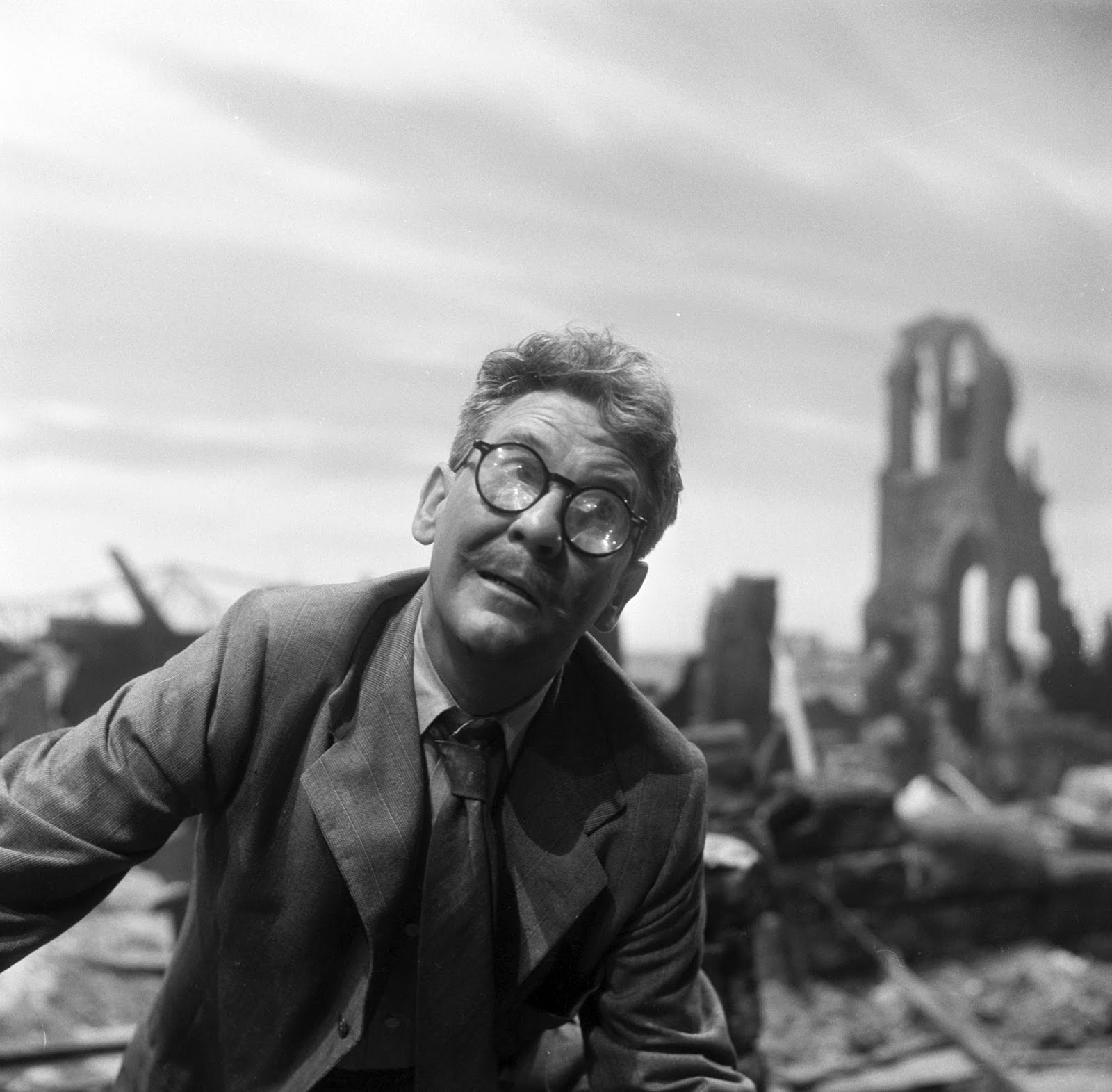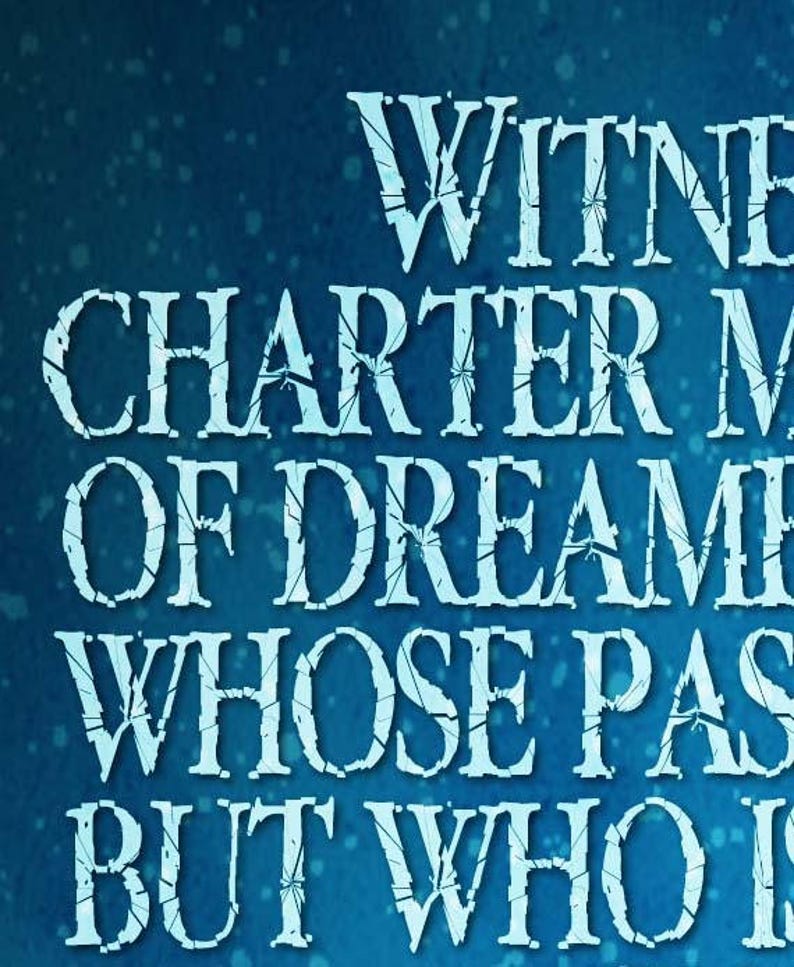


That appeal lies, rather, in its creator Rod Serling’s rejoinders to the prevalent anti-Communist panic that gripped the decade: stories of witch-hunting paranoia tend to end badly for everyone, as in “The Monsters Are Due on Maple Street,” in which the population of a town turns on each other in a panic to ferret out the alien among them, or in “Will the Real Martian Please Stand Up?” which relocates the premise to a diner in which the passengers of a bus are temporarily stranded and subject to interrogation by a pair of state troopers. Rewatching these episodes with the benefit of Steven Jay Rubin’s new, 429-page book, The Twilight Zone Encyclopedia, (a bathroom book if ever I saw one), I realized that the punchlines are actually the least reason for the show’s enduring hold over the imagination.
#THE TWILIGHT ZONE TIME ENOUGH AT LAST SERIES#
It’s probably impossible to feel the original impact of each show-stopping revelation, as the twist ending has long since been institutionalized, clichéd, and abused in everything from the 1995 film The Usual Suspects to Twilight Zone-style anthology series like Black Mirror. The Twilight Zone has dwelt in the public imagination, since its cancellation in 1964, as a synecdoche for the kind of neat-twist ending exemplified by “To Serve Man” (it’s a cookbook), “The After Hours” (surprise, you’re a mannequin), and “The Eye of the Beholder” (everyone has a pig-face but you). The show’s articulate underlying philosophy was never that life is topsy-turvy, things are horribly wrong, and misrule will carry the day-it is instead a belief in a cosmic order, of social justice and a benevolent irony that, in the end, will wake you from your slumber and deliver you unto the truth.Įlizabeth Allen and her mannequin double in “The After Hours,” 1960 click to enlarge But these comparisons do The Twilight Zone a disservice. One thing I do know is that I’m not alone: since the election of Donald Trump, it’s become commonplace to compare the new normal to living in the Twilight Zone, as Paul Krugman did in a 2017 New York Times op-ed titled “Living in the Trump Zone,” in which he compared the President to the all-powerful child who terrorizes his Ohio hometown in “It’s a Good Life,” policing their thoughts and arbitrarily striking out at the adults. I also wake up adrift, in a desperate and unfamiliar reality, wondering if the last year in America has been a dream-I too expect catastrophe, but it’s impossible to know from which direction it will come, whether I am right to trust my senses or if I’m merely sleepwalking while the actual danger becomes ever-more present.

This is “The Midnight Sun,” my favorite episode of The Twilight Zone, and one that has come to seem grimly familiar. Because the world isn’t drifting toward the sun at all, it’s drifting away from it, and the paralytic cold has put Norma into a fever dream.

The planet has been knocked off its elliptical orbit and overheats as it hurtles toward the sun the night ceases to exist, oil paintings melt, the sidewalks in New York are hot enough to fry an egg on, and the weather forecast is “more of the same, only hotter.” Despite the unbearable day-to-reality of constant sweat, the total collapse of order and decency, and, above all, the scarcity of water, Norma can’t shake the feeling that one day she’ll wake up and find that this has all been a dream. Burgess Meredith, Robert Sterling, and Patricia Crowley in “Printer’s Devil,” The Twilight Zone, 1963


 0 kommentar(er)
0 kommentar(er)
